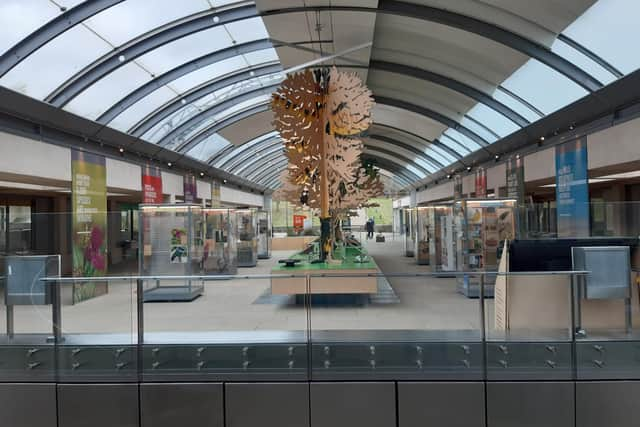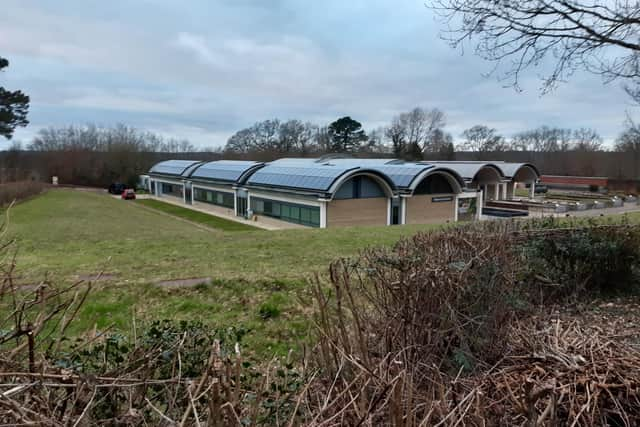A Noah’s Ark for plants in West Sussex: Millennium Seed Bank near Haywards Heath now has 40,000 different plant species
and live on Freeview channel 276
The Millennium Seed Bank (MSB) at Wakehurst in Ardingly has announced that, as of March 1, it has banked more than 2.4 billion individual seeds, which represent a total of 40,020 different species of wild plants.
Described by scientists as ‘Noah’s Ark for plants’, the MSB stores 98,567 seed collections in a bomb and flood-proof building from 190 countries and territories.
Advertisement
Hide AdAdvertisement
Hide AdSir David Attenborough has praised it as ‘perhaps the most significant conservation initiative ever’.


Senior research leader Dr Elinor Breman said: “The path towards banking 40,000 individual species has been both challenging and rewarding and we are confident the coming years will prove just as fruitful. Conserving seeds at the MSB is not just about chasing numbers, it’s about increasing the genetic diversity of the collections and unlocking their potential to solve some of the biggest challenges we face today, from biodiversity loss to food security to climate change.”
Wakeshurst said that wild plants from Madagascar, Pakistan, and the Caucasus are among the most recent additions to the seed bank that pushed the number of collected species over 40,000. These plants include the endangered baobab Adansonia perrieri and the endangered Erythrophleum couminga, a leguminous tree in the Bare de Ball National Park on Madagascar's west coast.
Conservation Partnership Coordinator Dr Kate Hardwick said: “Scientists at Kew estimate that two-fifths of all plants are threatened with extinction in the wild and that shows us just how big of a crisis we are facing in terms of biodiversity loss, driven very much by habitat loss and climate change. In a bid to tackle these issues, Kew established the Millennium Seed Bank more than 20 years ago to provide a safety net.”
Advertisement
Hide AdAdvertisement
Hide Ad

Before seeds are stored in vaults they are dried in a dry room and cleaned and x-rayed for signs of pests. They are then re-dried and placed in sealed glass containers to be stored in a cold room at -20 ̊C. This means they could survive for up to hundreds of years.
